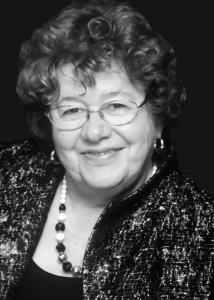Looking round the rooms of the retrospective show put on in his honour in 1980, just three weeks before his death, Philip Guston observed that it wasn’t just a simple exhibition, it was a whole life’s experience. Night Studio, published by his daughter eight years later, is an account of a life lived: it is the bitter-sweet account of a reconciliation and an attempt to enter the world of a father for whom art was an act of intense egoism. Bringing together personal memories, but also the letters and notes of Philip Guston, as well as interviews with those who knew him, the author puts together a private history that starts in New York in the 1930s, where his parents had moved following a promising start as muralists. Thanks to the benefits of the New Deal, a lively community of artists grew up obsessed with the idea of purity in painting which hit the headlines in the fifties as the School of New York.
Guston, ever in search of a language that was completely his and sceptical of the illusions of art for art’s sake, came late to non-objective painting: his lyrical vocabulary and voluptuous brush-strokes gave him a degree of fame, confirmed by a retrospective at the Guggenheim as early as 1962. But in the end, objects prevailed. In 1968, following a paralysing creative block, the forms that had accumulated and been denied for so long took shape in a cascade of images – first simple objects from everyday life, then enigmatic and cartoon-like figures – judged intolerable by the same art world that had elevated him. The world he had felt ever more impatient with now disgusted him so much that he left New York and took refuge in Woodstock where he settled permanently with his wife, Musa McKim.
In this moving autobiographical fresco, accompanied by a broad selection of colour works and personal photographs, Musa Mayer takes us through her father’s artistic and life’s journey also acknowledging the role of her reserved and elusive mother, a woman who chose to take a step back in respect of her own aspirations to follow the changeable moods and need for freedom that are typical of every great artist.
Discover

